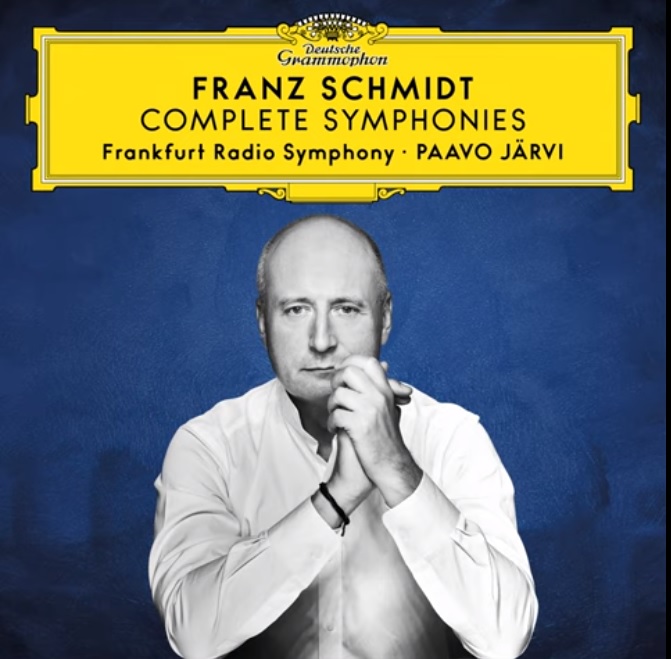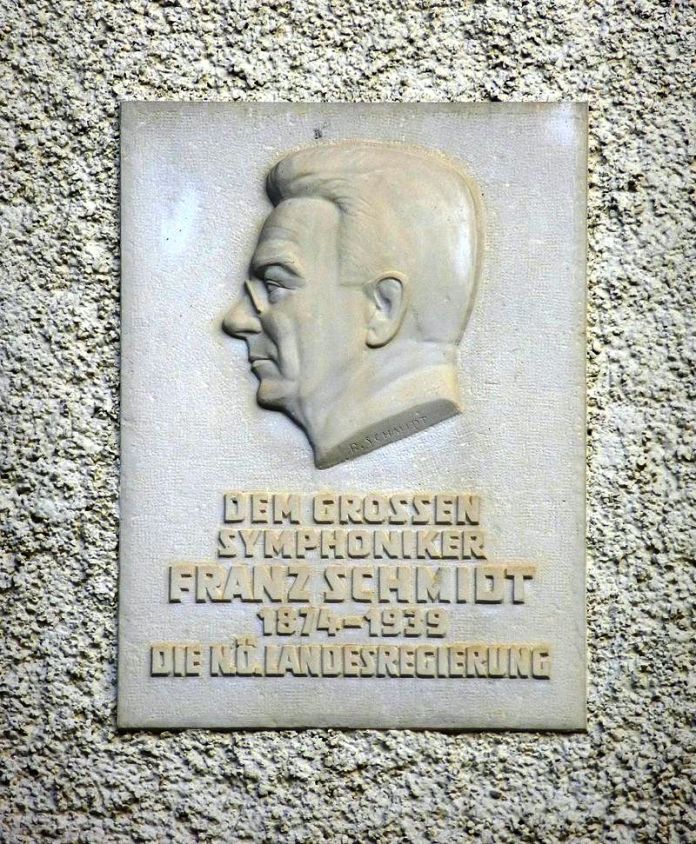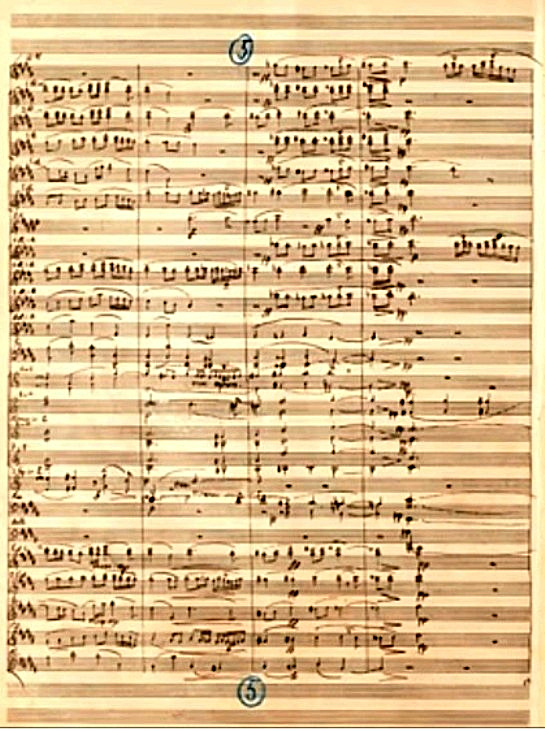
CHÁVEZ: Sones de Mariachi (arr. B.G. Dimas). Xochipilli Macuilxochitl. Los cuatro soles: Danza a centeotl. TRAD.: La paloma azul (arr. Chávez – 2 rec). Yaqui Music (arr. L. Sandi). Huapango (arr. G. Baqueiro Fóster). CHÁVEZ: Sinfonia de Antigona, “Symphony No. 1” (2 recordings). Sinfonia India, “Symphony No. 2” (2 recordings). Symphonies Nos. 3-6. Violin Concerto.+ BUXTEHUDE: Ciaccona in E Minor, BuxWV 160 (arr. C. Chávez for orchestra – 2 rec.) / +Henryk Szeryng, vln; Mexico National Symphony Orch.; National Music League Choir / CHÁVEZ: Los cuatro soles: Danza a centeotl.* Xochipilli Macuilxochitl. TRAD.: El venado (arr. L. Sandi for orchestra). Sones de Mariachi (arr. B. Galindo for orchestra). La bamba (arr. G. Baqueiro Fóster for orchestra) / Mexican Orch. *& Chorus / CHÁVEZ: Soli I / Anastasio Flores, cl; Sally van den Berg, ob; Louis Salomons, bsn; Felipe Léon, tp / Soli II / Flores, van den Berg; Rubén Islas, fl; Vicente Zarzo, Fr-hn / Soli IV / Léon, tp; Zarzo, Fr-hn; Clemente Sanabria, tb / Pirámide: Excerpts. Los cuatro soles: Danza a centeotl / Ambrosian Singers; London Symphony Orch. / Carlos Chávez, cond/dir / Sony Classical 196871247085
Although Sony Classical issued this set a year ago, and although Naxos of America acts as the distributor for Sony releases, it was not really promoted well by them so I wasn’t able to download all the tracks and review it, but seeing it on the Naxos Music Library gave me the opportunity to stream the whole thing and review it.
Chávez, one of Mexico’s most gifted composers along with Manuel Ponce, Julián Carrillo (too weird for anyone to reissue) and the sadly ill-fated Silvestre Revueltas, was one of three major modern composers whose music Columbia Records recorded under the direction of the composers. The other two were Aaron Copland, whose output, when you think about it, was relatively small (and Columbia only recorded highlights from his opera the Tender Land, not the whole thing), and Igor Stravinsky, whose output was huge, and since Stravinsky was widely acknowledged as the greatest composer of the 20th century they of course promoted his series the strongest and recorded as much of it as he had the energy to record. Nonetheless, this Chávez series included all six of his symphonies, several ballet and other orchestral works, transcriptions of Buxtehude and Mexican folk music (including “La Bamba,” a hit in the late 1950s for Ritchie Valens) as well as some of his chamber music, not played by him but recorded under his direction. The result is this 7-CD set, which all things considered is an impressive achievement. The alternate recordings of his first two symphonies were made for RCA Victor in 1938, and here they appear on CD for the very first time.
Although Stravinsky evolved through several different musical styles, his compositional “voice” remained uniquely his except for those neo-Classical works in which he essentially rearranged older composer’s music (i.e., Pulcinella and La baiser de la fée). Copland started out as a very modern composer using elements of both Stravinsky and Schoenberg, but one he left Paris and settled back into his home country, he reversed course and wrote primarily tonal, accessible music. Chávez, it seems, always had a wild sense of harmony even in his early years and even when transcribing other’s music, such as Buxtehude, but his evolution, like that of Alberto Ginastera, eventually went into atonal realms (as did Stravinsky after Schoenberg’s death). Thus even the first two CDs, which include a great many such transcriptions, are of great interest. For the most part, his music of the 1930s wasn’t quite as adventurous and, to my ears, as personal as Revueltas’, but he was clearly in there pitching, and by the early 1950s he began to change his approach.
Yet even in 1938, in the Sinfonia India, one hears the same kind of stiff ostinato beats and irregular metric divisions that we associate with Stravinsky’s ballets of the 1910s, so there was clearly some cross-influence. He also uses here some of those open fourths and fifths that we associate with Copland of this period. Even more interestingly, the early recording of the Sinfonia di Antigona is taken slightly slower than the stereo remake and has a more tragic feeling.
Except for the first two symphonies, however, I could have lived without alternate mono and stereo takes of the smaller pieces, particularly since many of them are transcriptions of folk songs or others’ music, and—for the most part—I like the earlier, mono versions better. They have a rougher sound, but to me that is earthier and more exciting. Although I appreciate the fact that Chávez really liked Buxtehude and wrote an orchestral transcription of one of his organ Chaconnes, I found the mono recording too slow, leaden, and heavy-sounding, a perfect example of how earlier performances of Baroque music could miss the mark. The stereo version is much better in both tempo and phrasing, albeit, of course, using a large symphony orchestra (with tympani pounding in the second half!). Other than that, however, I really enjoyed this set, finding it stimulating even when he was simply re-arranging others’ music. Spoiler alert: you probably won’t recognize La bamba in this arrangement. Ritchie Valens simplified it and added his own little melody to it as the principal theme, and this doesn’t appear here. The stereo remakes of the first two symphonies are slightly superior as performances to the mono versions, but both have wonderful drive and energy.
The transfers of these recordings have a “hot” high end, but I really like that. It’s the way these recordings were engineered originally, and the edgier sound is more ethnically authentic as well as adding excitement to the music. Of course, with the composer himself conducting, there is more than usual energy in these performances anyway, but the bright sound quality adds some extra frisson.
And, indeed, we leap into an entirely new world in his Third Symphony (1951)—at times lacking a set tonality due to his use of “rootless” chords, at other times tonal but edgy, in still others bitonal. Yet Chávez shows some playfulness. particularly in the quirky third movement. By this time, Chávez was firmly committed to at least bitonality, as one can hear in the fourth symphony, the “Sinfonia Romantica,” where the main themes are tonal and accessible while much of the surrounding material is not. In addition, the last movement is another very playful scherzo, not at all what one expect from a “Romantic” symphony!
The fourth and fifth symphonies were both written in 1953, a fertile year for Chávez, the first written for the Koussevitzky Foundation and the second dedicated to the Louisville Symphony Orchestra, an aggregation long known and respected for their pioneering work in premiering modern works—just one of several indications that it is the Midwest, not New York or Los Angeles, which is the more musically adventurous part of the U.S.A. Interestingly, despite his signature sense of rhythm and his new, quirky harmonies, the Fourth Symphony has themes and moments that remind one of his friend Aaron Copland. There is also some nice counterpoint played by the brass instruments (solo) against the orchestra in the first movement. The very center of the second movement suddenly takes on a tragic cast, while the third-movement scherzo has a quirky feel to it, sort of like a circus on acid. Yet this scherzo morphs into an allegro finale…but then, back again to the quirky scherzo for the finale before ending on an unresolved chord! A real twisteroo!
As one would expect, Chávez pulled out all the stops in the symphony written for Louisville. This is a very Stravinsky-like piece full of bitonal and atonal edginess, yet still with a long line in the music. This piece would still sound “modern” today in terms of its harmonies, but “old-fashioned” in that it follows the rules of theme and development, which is often ignored by many current composers. I should also mention that these Mexican orchestras used for these recordings were all outstanding for their day, particularly in terms of technique, section blend (excepting the violas, which sound fairly rough) and understanding the music. Only the overall “sound” of the orchestra put them slightly below the best American orchestras, a group that did not include the contemporary New York Philharmonic, which only really sounded like a great orchestra in the days of Mengelberg and Toscanini. But perhaps this “roughness” of playing is what Chávez wanted in this symphony, as I did not hear such viola roughness in the other symphonies.
The Sixth Symphony, written in 1961 to inaugurate the opening of what was then called Philharmonic Hall in the brand-spanking-new Lincoln Center, contains some modern elements but has what I would call a “New York Sound”—generically modern-sounding but chipper in tone and not too complex in style. Yet within its somewhat simpler structure, Chávez has such interesting themes and intertwines them so well that the finished product is almost, one would say, “entertaining,” which is exactly what New Yorkers like in their modern music. (He even threw a sort of Irish jig in at the end of the first movement!) The second movement, although using altered chords, is for the most part tonal with a long-lined melody which different sections have a hand in performing. And the third movement, if you can believe it, opens with a tuba solo; later on, there is a nice little fugue. (I mention these things because I found it interesting how Chávez tailored his music for different orchestras and their audiences.)

Henryk Szeryng
The Violin Concerto, written in 1949-50, is a very strange work that starts off with a long first movement, followed by seven very short ones (of which the “cadenza” is the longest) before wrapping things up in the ninth. In this performance we hear the great Polish-Mexican violinist Henryk Szeryng; after so many years of listening to these straight-tone horrors we have today, I had almost forgotten what a real violinist is supposed to sound like. The opening movement is rhapsodic, almost neo-Romantic except for the moving harmonies, with Szeryng playing long-lined melodies in the tradition of the great violin concerti. But then come all of those 20- and 30-second-long movements with their tight, concise themes and variants. Oddly, parts of this concerto seem to have been recorded in different venues. The opening of the first movement, for instance, has a close, dry sound, but once Szeryng goes into his violin pyrotechnics the sound suddenly opens up and becomes surprisingly reverberant. Who knows? I sure don’t. There’s also a nice French horn solo near the end of this first movement.
Actually, many of the short movements that follow actually seem to belong together, sometimes presenting slightly different themes but more often providing us with variations on the new faster theme. If you just ignore this and listen, however, I think you’ll be engaged and pleased. The cadenza is the fifth movement, smack in the middle of the concerto, but it’s such a long and musically complex cadenza that I would think it impossible for any violinist to improvise one any better. The fairly long last movement (IX) is a slow rhapsody for violin and orchestra, resolutely tonal although reminiscent of Stravinsky’s neo-Classic period, followed by a fast section which includes a few interesting moments of bars in 6/4 to alternate with the regular meter. He then introduces a very dramatic, slower theme which we think is going to carry us to the end, but once again he subverts our expectations with some fast and some very dramatic moments. All in all, this is one of his most creative and interesting works; I enjoyed every minute (and half-minute) of it.
The chamber works for winds and brass titled Soli, I, III & IV, date from 1933, 1961 and 1966 respectively. All of them exhibit Chávez’ quirky and idiosyncratic sense of humor, with Soli IV being the oddest; the first “movement” consists of seven notes played by the trombone. The other movements fold in the French horn and trumpet as his whims dictate, again with plenty of pauses in the music. This is about as close as Chávez ever came to emulating John Cage. In any case, it’s truly a bizarre, abstract piece, and Chávez really put the instruments (particularly the trombone and horn) through some challenging fast register changes.
Soli I pits the trumpet against three wind instruments, clarinet, oboe and bassoon. Being a much earlier work, it is less complex although still containing bitonality and, here, a crazy-quilt of rapidly shifting meters, but he already has the same pattern of using the instruments against one another, although there are brief moments when you hear two of them playing together. For some unknown reason, Chávez did not record the fourth or fifth movements of this piece, instead skipping from III to VI. In Soli II (1961) he is surprisingly more lyrical, exploiting the virtues of this combination of flute, clarinet, oboe and French horn, but as the music progresses there are some extremely complex rhythms in which the flute seems to be battling the rest of the ensemble.
On the last CD, we hear two excerpts from his ballet music Pirámide and a much extended version of the “Danza a centeotl” from Los cuatro soles (The Visitors) recorded previously in a much-shortened form. The latter is actually one of the earliest pieces recorded in this set, dating from 1925, while the former is one of his later works from 1968. As is to be expected, the Pirámide music is edgy and mostly atonal, albeit with plenty of energy and emotion woven into it. Yet oddly, this 1973 recording has muddier sound than the recordings from the early-to-mid 1960s. Go figure. What this means for the listener, however, is that the pizzicato strings in the first section from Pirámide sound strangely muffled, as no violin pizzicato ever is. Granted, this was a period when Columbia’s sound quality took a turn for the worse, but Sony’s engineers should have jacked up the treble at least a couple of decibels to clarify the textures (in fact, the Cuatro soles music needs to have the treble increased by at least four decibels).
So that’s the set in a nutshell. Mostly excellent from start to finish—Sony’s restoration of the older mono recordings is just phenomenal—this is a superb tribute to a composer once considered to be one of the very best, but whose star has fallen in recent decades, not because his music was too old-fashioned but, on the contrary, because so much of it was forward-looking. This set is indispensable for any collector of 20th-century classical music. Grab it while you can!
—© 2024 Lynn René Bayley
Follow me on Facebook (as Monique Musique)
Check out the books on my blog…they’re worth reading, trust me!













